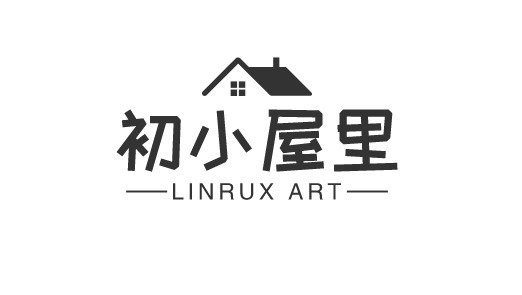Golang接口的三个”潜规则”
对方法的调用限制
接口是一组固定的方法集,由于静态类型的限制,接口变量有时仅能调用其中特定的一些方法。
下面这段代码
type Phone interface {
call()
}
type iPhone struct {
name string
}
func (phone iPhone)call() {
fmt.Println("Hello, iPhone.")
}
func (phone iPhone)send_wechat() {
fmt.Println("Hello, Wechat.")
}
func main() {
var phone Phone
phone = iPhone{name:"ming's iphone"}
phone.call()
phone.send_wechat()
}- 我定义了一个 Phone 的接口,只要求实现 call 方法即可,也就是只要能打电话的设备就是一个电话
- 然后再定义了一个 iPhone 的结构体,该结构体接收两个方法,一个是打电话( call 函数),一个是发微信(send_wechat 函数)。
- 最后一步是关键,我们定义了一个 Phone 接口类型的 phone 对象,该对象的内容是 iPhone 结构体。然后我们调用该对象的 call 方法,一切正常
- 但是当你调用
phone.send_wechat方法,程序会报错,提示我们 Phone 类型的方法没有 send_wechat 的字段或方法。
command-line-arguments ./demo.go:30:10: phone.send_wechat undefined (type Phone has no field or method send_wechat)
原因也很明显,因为我们的phone对象显式声明为 Phone 接口类型,而Phone接口里面只有call方法 并没有phone.send_wechat方法因此 phone调用的方法会受到此接口的限制。
那么如何让 phone 可以调用 send_wechat 方法呢?
答案是可以不显式的声明为 Phone接口类型 ,但要清楚 phone 对象实际上是隐式的实现了 Phone 接口,如此一来,方法的调用就不会受到接口类型的约束。
func Demo7Process() {
//显式声明
var phone NewPhone
phone = iPhone{name: "ming's iphone"}
fmt.Println(phone)
phone.call()
//不显式声明
var phones = iPhone{name: "minge's iphone"}
phones.call()
phones.send_wechat()
}输出:

调用函数时的隐式转换
Go 语言中的函数调用都是值传递的,变量会在方法调用前进行类型转换。
比如下面这段代码
func printType(i interface{}) {
switch i.(type) {
case int:
fmt.Println("参数的类型是 int")
case string:
fmt.Println("参数的类型是 string")
}
}输出正常

但是如果你把函数内的内容搬到到外面来
func Demo8Process() {
i := 10
switch i.(type) {
case int:
fmt.Println("参数的类型是 int")
case string:
fmt.Println("参数的类型是 string")
}
//printType(i)
}输出:
..\pagkage\linux\Tags.go:34:9: i (variable of type int) is not an interface
为什么代码逻辑都是一样的,为什么一个不会报错,一个会报错呢?
原因其实很简单。
当一个函数接口 interface{} 空接口类型时,我们说它可以接收什么任意类型的参数(江湖上称之为无招胜有招)。
当你使用这种写法时,Go 会默默地为我们做一件事,就是把传入函数的参数值(注意:Go 语言中的函数调用都是值传递的)的类型隐式的转换成 interface{} 类型。
如何进行接口类型的显式转换
如果你想手动对其进行类型转换,可以像下面这样子,就可以将变量 a 的静态类型转换为 interface{} 类型然后赋值给 b (此时 a 的静态类型还是 int,而 b 的静态类型为 interface{})
var a int = 25
b := interface{}(a)知道了方法后,将代码修改成如下:
func Demo8Process() {
i := 10
switch interface{}(i).(type) {
case int:
fmt.Println("参数的类型是 int")
case string:
fmt.Println("参数的类型是 string")
}
}
类型断言中的隐式转换
上面我们知道了,只有静态类型为接口类型的对象才可以进行类型断言。
而当类型断言完成后,会返回一个静态类型为你断言的类型的对象,也就是说,当我们使用了类型断言,Go 实际上又会默认为我们进行了一次隐式的类型转换。
验证方法也很简单,使用完一次类型断言后,对返回的对象再一次使用类型断言,Goland 立马就会提示我们新对象 b 不是一个接口类型的对象,不允许进行类型断言。

版权声明:
作者:linrux
链接:http://www.tot7.cn/technology/go/562.html
来源:阿信博客
文章版权归作者所有,未经允许请勿转载。

共有 0 条评论